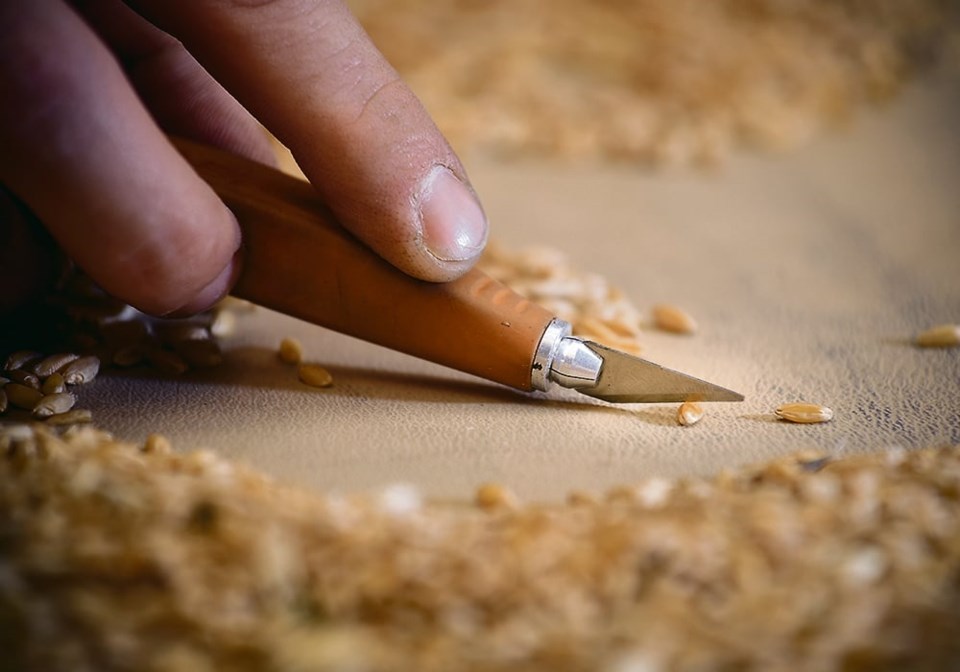WINNIPEG — Wheat growers in Saskatchewan want to know why hard vitreous kernels are still used as a grading factor for Hard Red Spring Wheat.
If it doesn’t serve a purpose except for unnecessary downgrades at the elevator, some producers say, then the industry should get rid of it.
“HVK has been around as a grading factor for, I don’t know, let’s say 50 years. It’s used a proxy for falling number,” said Gerrid Gust of Davidson, Sask., who spoke at SaskWheat’s annual general meeting in Saskatoon last week.
Gust put forward a resolution asking SaskWheat to examine why HVK remains a grading factor for spring wheat.
“What I’m really looking for … I want SaskWheat to advocate for its farmer members that pay the levies and remove these subjective factors … if they’re not in the farmer’s best interest,” he said.
The Canadian Grain Commission website says HVK “are kernels that have a natural translucent colouring which is an externally visible sign of hardness.”
Kernels that have a starch spot are non-vitreous kernels.
Terry Youzwa, who farms by Nipawin, Sask., also questioned the need for HVK in grading wheat.
Does the grading factor have benefits for the industry or not?
“If there is not (benefits), get rid of it. Because it’s something that if somebody isn’t paying attention, (they) may get the wrong grade.”
Dean Dias, chief executive officer of Cereals Canada, told the meeting that HVK does matter to international wheat buyers
He said customers ask for HVK data so they can compare Canadian wheat to U.S. wheat.
“The U.S. markets its grain because of DHV (dark hard vitreous kernels). That is how they base their grades and classes on,” Dias said.
“Customers … using U.S. wheat and they want to switch to Canadian wheat, they will request a reason to have HVK so they can compare apples to apples with U.S. wheat.”
Removing it from Canadian grading standards could be a problem for marketing reasons, he added.
However, it’s been a couple of decades since federal grain scientists looked at hard vitreous kernels.
“In 2004-2005, Dr. David Hatcher did extensive work on functionality as it related to HVK…. And in 2011, they did reduce the requirements for HVK,” Doug Chorney, chief commissioner of the Canadian Grain Commission, told the SaskWheat meeting.
Maybe it’s time to update that research for the current varieties of CWRS on the market.
“There is an aesthetic component to market access. Certain markets desire a visual appearance of HVK,” Chorney said.
“My suggestion here today, if this resolution passes, is perhaps it could go to the wheat advisory committee and then to the Western Standards Committee meeting this spring for consideration.”
The resolution asking SaskWheat to examine why HVK remains a grading factor in Hard Red Spring Wheat was approved.

